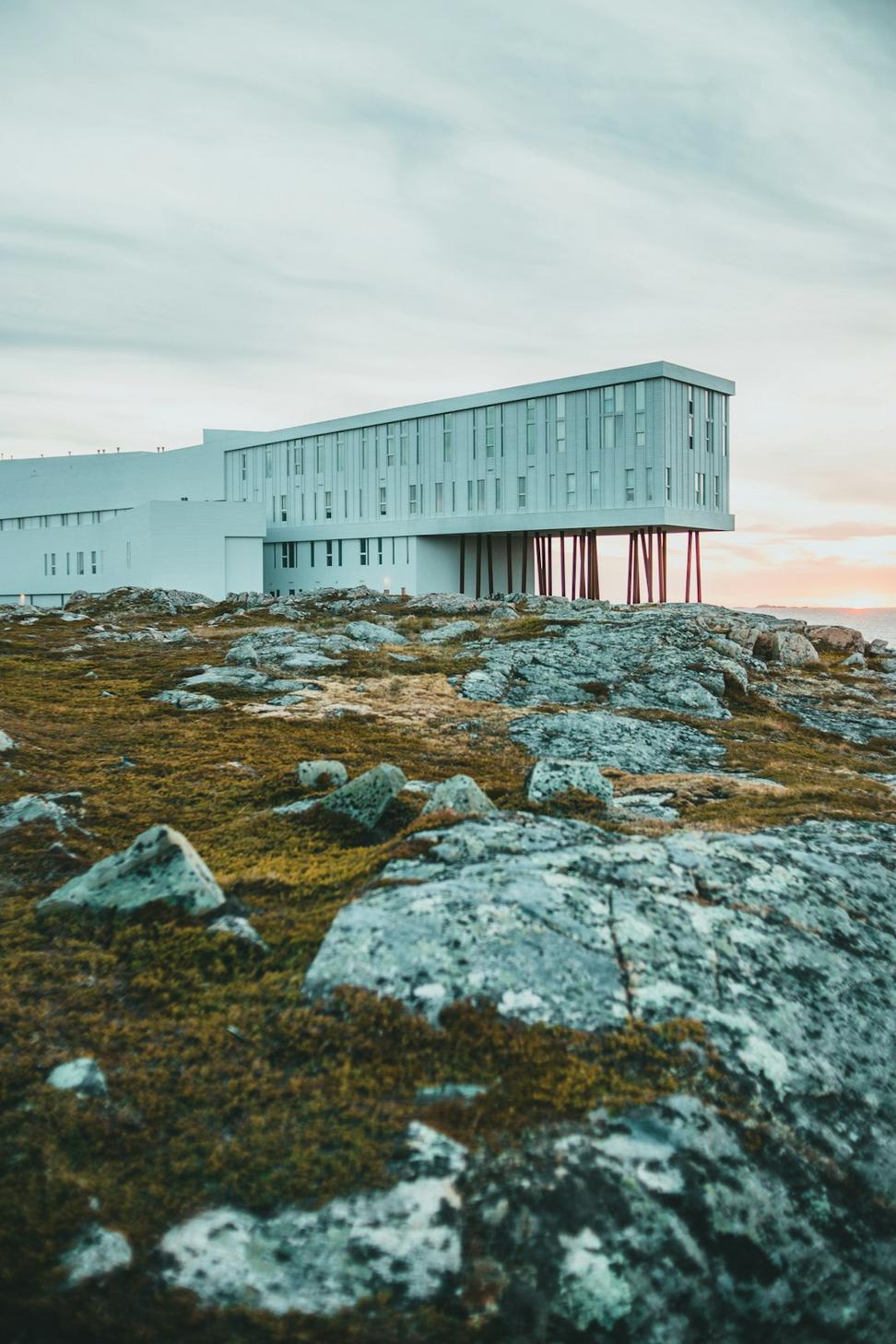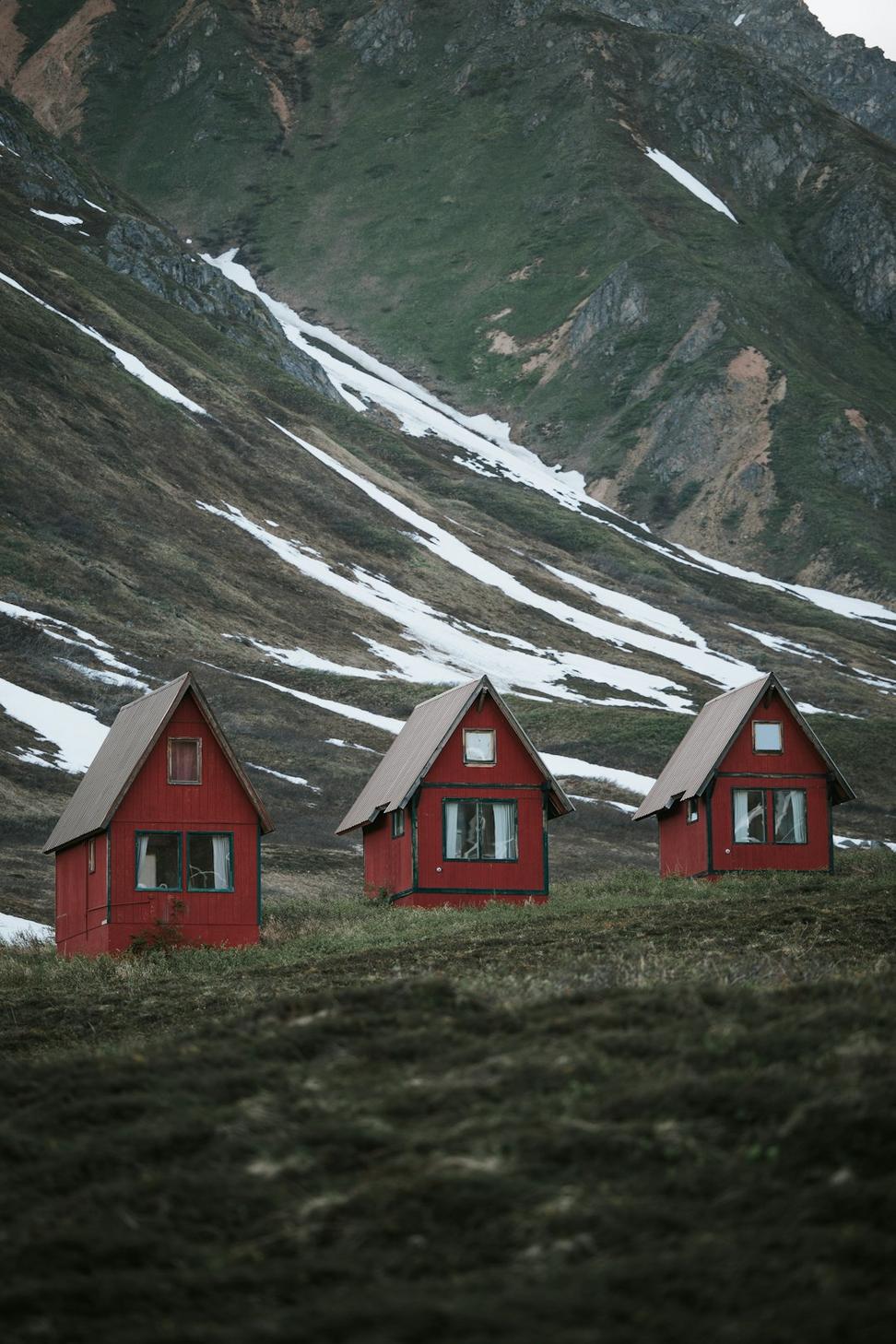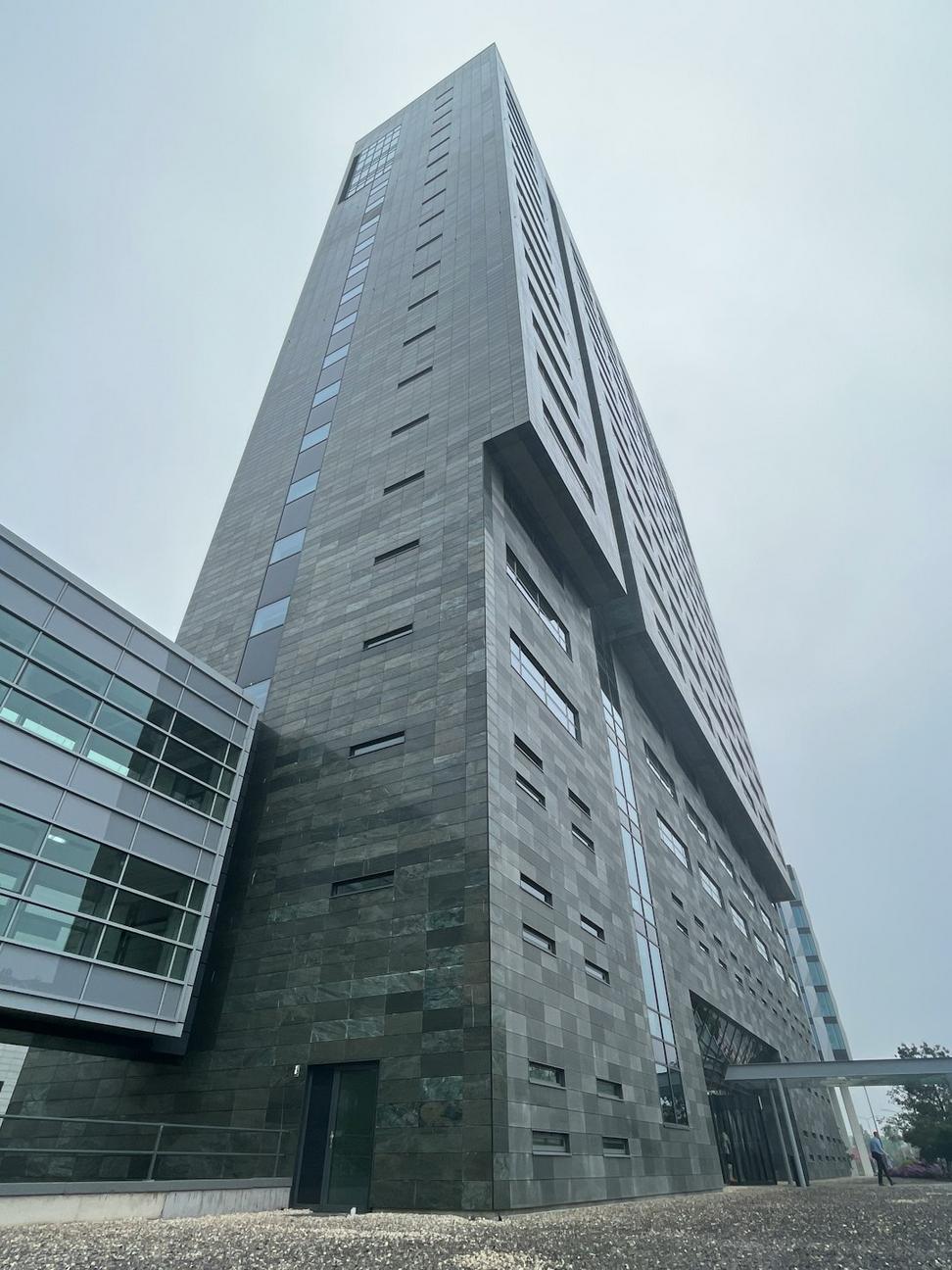Building for Tomorrow, Today
Honestly, sustainability in the Arctic isn't just about checking boxes - it's about survival. We've spent years figuring out how to build structures that work WITH the environment, not against it.

Honestly, sustainability in the Arctic isn't just about checking boxes - it's about survival. We've spent years figuring out how to build structures that work WITH the environment, not against it.

Look, sustainable architecture in places where it hits -40°C isn't the same game as building in mild climates. We've had to rethink everything - from how we source materials (good luck shipping cross-country in February) to how buildings actually breathe in permafrost zones.
Our designs aren't just meeting efficiency standards - they're exceeding them by 45% on average. When you're heating a building through 8-month winters, every BTU counts. We've learned that triple-pane windows and proper air sealing aren't luxuries, they're necessities.
We're using locally-sourced timber where possible (BC's got plenty), recycled steel for structural elements, and yeah, sometimes modern composites when traditional materials just won't cut it in extreme cold. It's about being practical, not dogmatic.
Average energy reduction vs. standard builds
Construction waste diverted from landfills
Tonnes of CO2 offset annually
Net-zero ready projects delivered

After dozens of projects across northern BC and into the territories, here's what we know for sure: passive solar design still works at 60° latitude (you just gotta be strategic about it), geothermal systems are worth every penny even with frozen ground, and building orientation matters WAY more than most architects admit.
We're not claiming to have all the answers - cold climate building is constantly evolving. But we're documenting everything, sharing data with other firms, and getting better with each project. That's really what sustainability means to us: continuous improvement, not perfection.
Where our materials come from and how they stack up environmentally
Average material transport distance
Recycled content in structural materials
Projected building lifespan

Renewable energy up north is tricky - solar panels in the dark for months, wind turbines that need to handle serious ice buildup. We've gotten creative with hybrid systems that combine geothermal heat pumps, battery storage, and yeah, sometimes a backup propane system because being idealistic doesn't keep people warm at -35°C.
Our latest projects are hitting 70-80% renewable energy coverage, which honestly feels pretty good considering where we started. The goal is net-zero, but we're taking it step by step, project by project.
Location: Whitehorse, YT residence (2024)
Annual heating cost: $1,840 (vs. $5,200 typical)
Energy sources: 65% geothermal, 25% solar thermal, 10% grid backup
Payback period: 11 years on energy upgrades
We're always up for discussing what actually works in extreme climates. No sales pitch, just real talk about building better.
Get in Touch